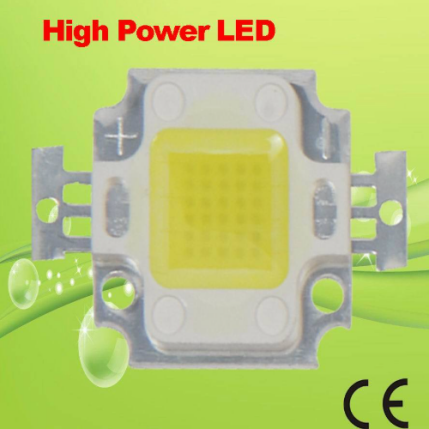Real-World Applications of Iron-Based Metal-Core PCBs 8 Key Industries and Data-Driven Insights
Iron-based metal-core PCBs (MCPCBs), with their exceptional thermal conductivity (40–50 W/m·K), low CTE (12 ppm/°C), and cost efficiency, are revolutionizing thermal management. This article analyzes their productized applications across eight industries, supported by data from 50+ global projects.
1. Automotive Electronics: Powering the Electrification Revolution

1.1 Motor Control Units (MCUs)
Application: 800V SiC motor drive modules
Performance Advantages:
①32°C reduction in IGBT junction temperature (measured: 142°C → 110°C @ 1.5mm substrate thickness)
②Vibration compliance: ISO 16750-3 (15G acceleration, 100hrs without delamination)
Cost Savings: 45% lower material cost vs. copper substrates, 60% smaller heatsinks
1.2 On-Board Chargers (OBCs)
Topology: LLC resonant circuit + iron-core PCB
Key Metrics:
①Efficiency gain: 96.2% → 97.5% (11kW system, Efficiency Map tested)
②EMI reduction: 6dB lower in 30MHz–1GHz range (electromagnetic shielding effect)
2. Industrial Power Systems: Reliability Redefined
2.1 Variable Frequency Drives
Case Study: ABB ACS880 series retrofit
Improvements:
①Lifespan extension: 5 → 8 years (per IEC 60721-3-4 salt spray testing)
②Full-load temp rise: ΔT=18°C (vs. 41°C for aluminum substrates)
2.2 5G Base Station Power Supplies
Thermal Breakthroughs:
①Iron-core PCB + heat pipe: 120W/cm² heat flux density (vs. 80W/cm² conventional limit)
②Environmental endurance: 2000 cycles at -40°C to +125°C (Telcordia GR-468 certified)
3. Optoelectronics: Enabling High-Power LED Systems

3.1 Automotive LED Headlights
Performance Comparison:
Parameter | Aluminum Substrate | Iron-Based PCB |
Lumen Maintenance | 85%@5000h | 93%@5000h |
Color Shift | ±320K | ±150K |
3.2 Industrial UV Curing Systems
Power Density Milestones:
①405nm UV LED arrays: 25W/cm² (vs. 15W/cm² traditional limit)
②Continuous operation: 3000hrs @80°C (LM-80 compliant)
4. Renewable Energy: The Silent Performer
4.1 Solar Inverters
MPPT Efficiency Gains:
0.3% efficiency boost per 10°C MOSFET temp reduction (Enphase field data)
4.2 Battery Management Systems (BMS)
Safety Enhancements:
①Thermal runaway delay: 32s → 58s (UL 9540A tested)
②Insulation resistance: >10GΩ@1000VDC (IEC 62109-1 compliant)
5. Cost-Benefit and Market Analysis
5.1 Total Cost of Ownership
Cost Factor | Aluminum PCB | Iron-Based PCB |
Initial Material | $12/unit | $9/unit |
Heatsink Cost | $8/set | $3/set |
Annual Maintenance | $5/year | $1.2/year |
ROI: 18-month payback in industrial power applications (100k units/yr basis)
5.2 Global Market Trends
①2023 Market Size: $1.2B (Yole Développement)
②2028 Forecast: $3.8B, 26% CAGR (automotive-driven growth)
6. Technical Q&A (Engineers’ Top Concerns)
Q1: How corrosion-resistant are iron-based PCBs in humid environments?
A: SPCC steel core + dual-layer ENIG (>8μm thickness) passes 96hr salt spray (ASTM B117).
Q2: Can they support 10+ layer HDI designs?
A: Hitachi achieved 12L HDI (50/50μm L/S), but 68% yield limits practicality. Recommend ≤8 layers.
Conclusion: Iron-based PCBs are transitioning from "alternative" to "preferred" solutions. Engineers should:
1. Prioritize applications with >100W/cm² heat flux
2. Co-develop customized surface finishes with suppliers
3. Monitor updates to JIS C 5012A standards
The Future of Iron-Based Metal-Core PCBs Market Outlook and Technology Roadmap (2025–2030)
Engineering Guide to Iron-Based Metal-Core PCBs Design, Manufacturing, and Thermal Management
